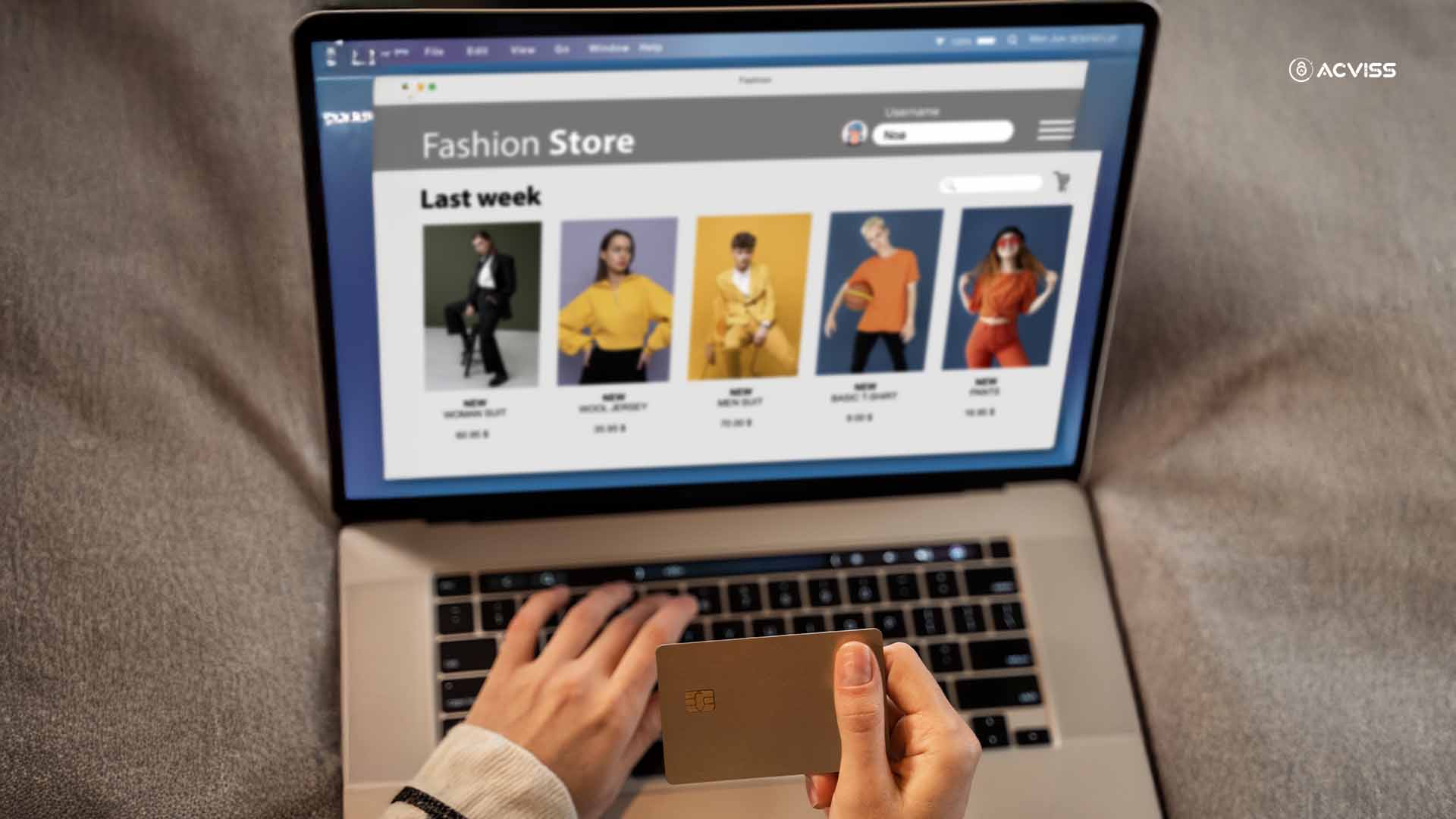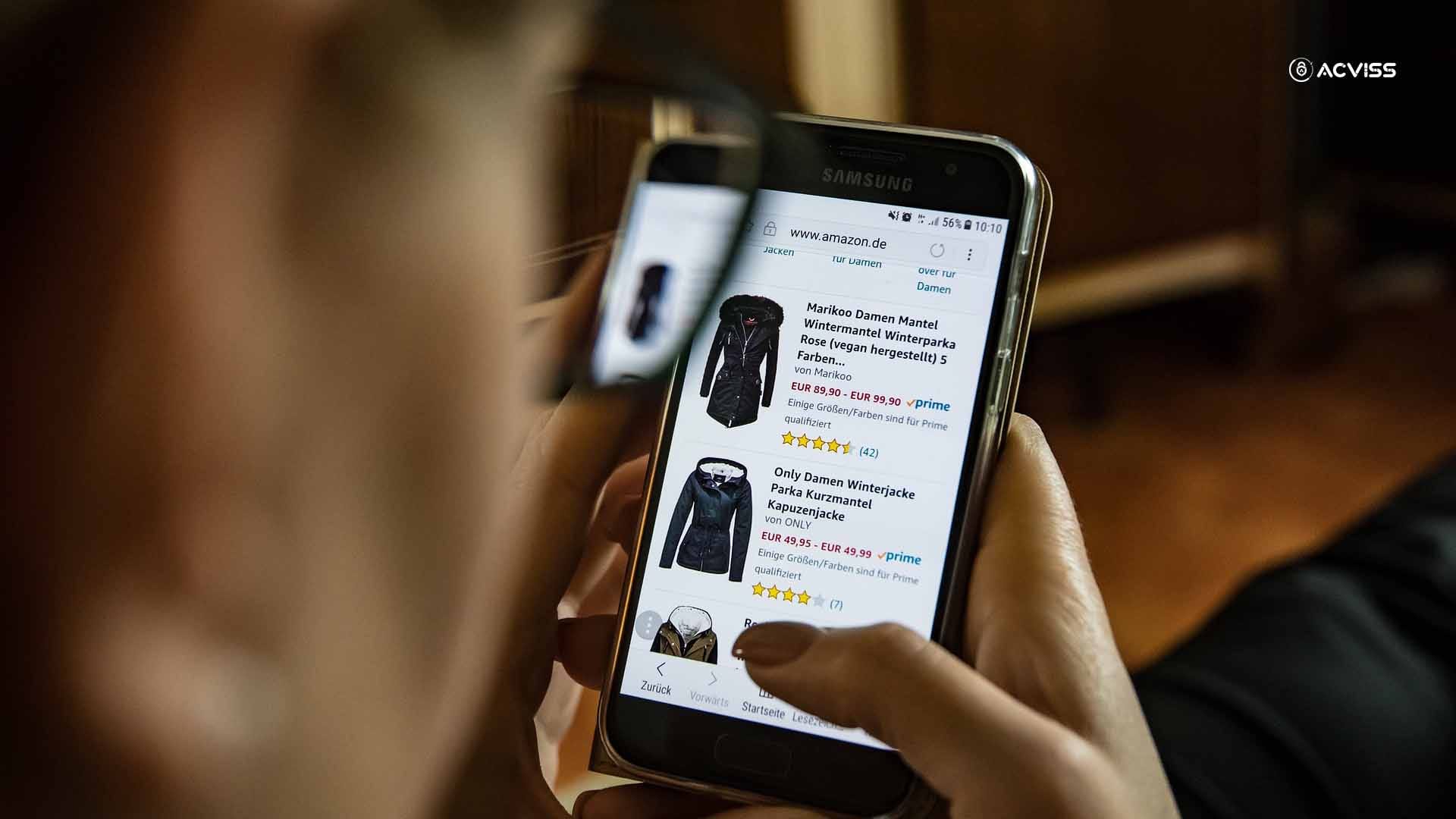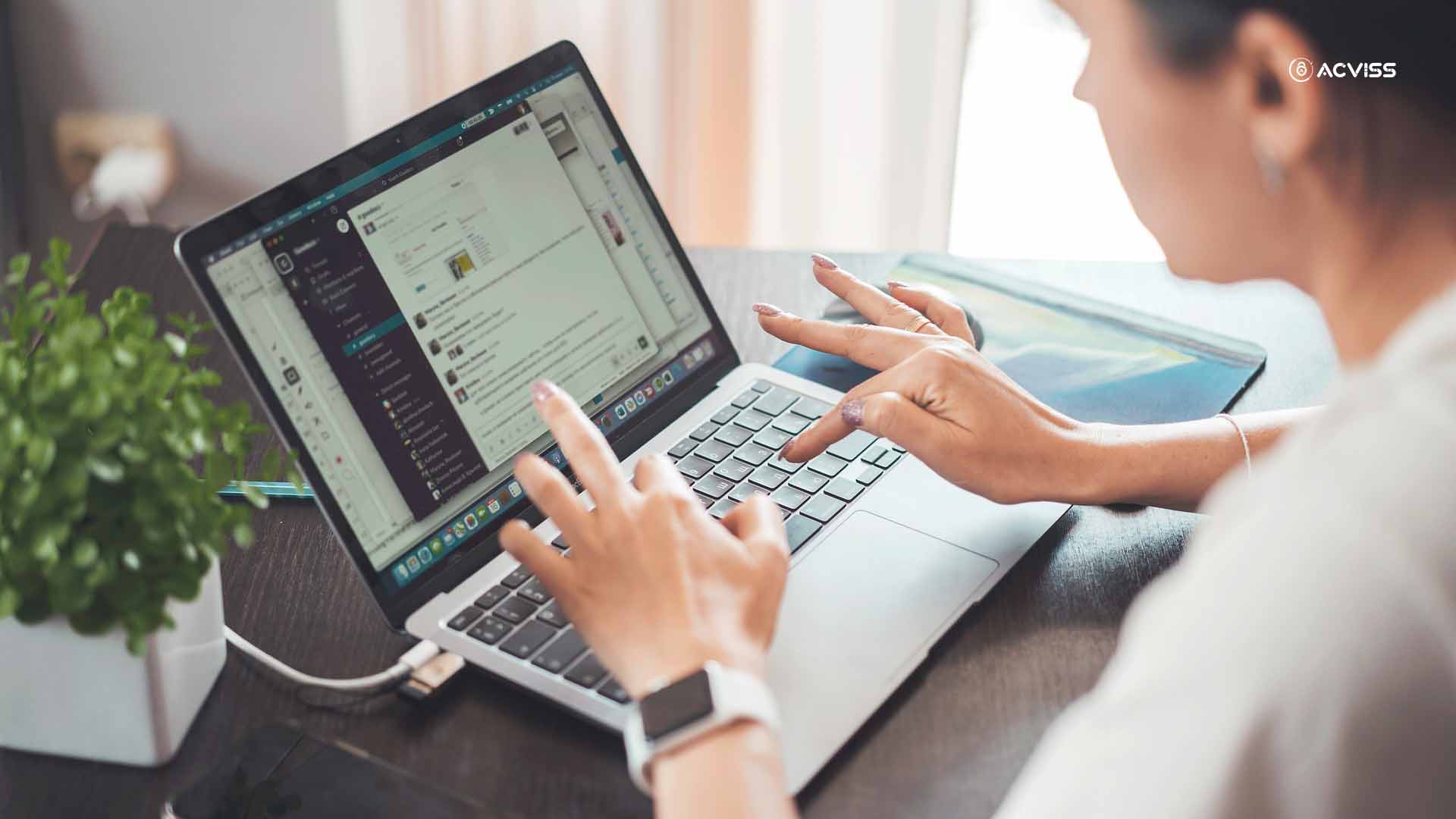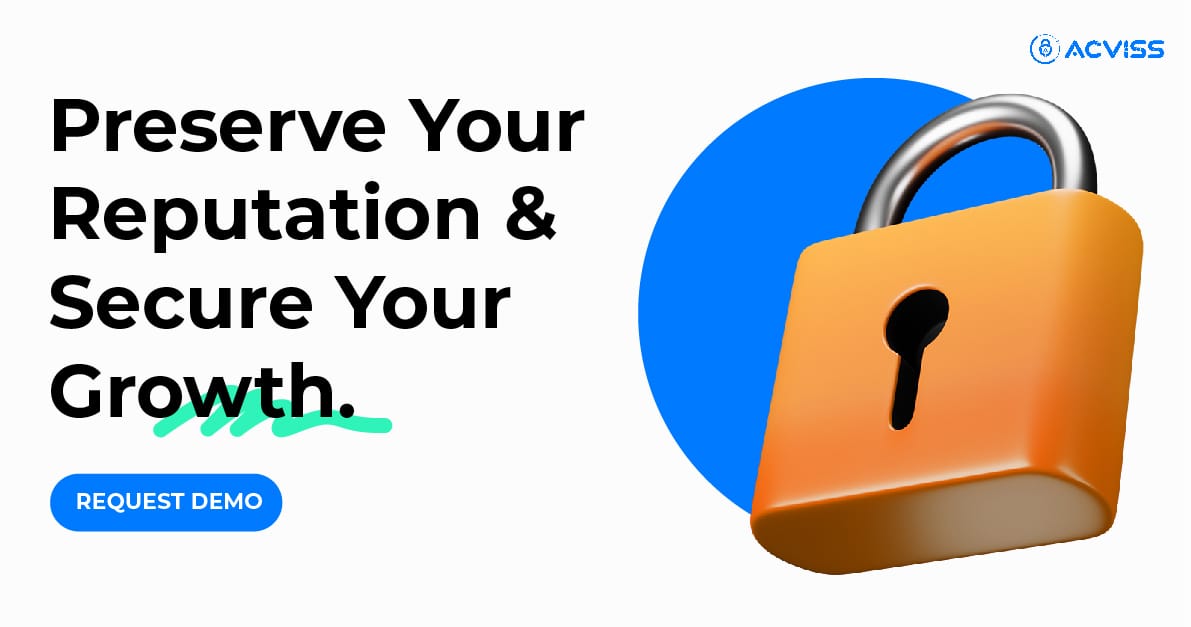How to Spot Trusted Sellers on Amazon and Avoid Scams

Shopping on Amazon offers convenience and endless choices, but with so many sellers on the platform, how can you be sure you’re buying from a trusted source? Counterfeit products, misleading listings, and unreliable sellers have become growing concerns for online shoppers. The last thing you want is to spend your hard-earned money on a product that doesn’t match its description—or worse, one that never arrives.
Fortunately, Amazon provides several ways to verify the credibility of sellers, ensuring you make purchases with confidence. Whether you’re buying electronics, fashion, or everyday essentials, knowing how to spot a reputable seller can save you from frustration and potential loss. In this guide, we’ll walk you through key indicators that help you distinguish trusted Amazon sellers from unreliable ones—so you can shop smarter and safer.
How to Identify Amazon's Trusted Sellers?
There is a need to understand how to recognize a reliable seller in buying from Amazon to prevent any possible problems, such as the wrong kind of product being received, the product taking a long time to arrive, or even being scammed. Millions of sellers for Amazon are using the platform and although most are trustworthy, some sellers provide an unpleasant experience. Here’s a guide to help you identify trusted sellers on Amazon.
1. Look for Amazon’s “Fulfilled by Amazon” (FBA) Label
A simple way to determine if a seller is trustworthy is to examine whether the product is being sold by a seller and who is an Amazon “Fulfilled by Amazon” (FBA) seller. FBA represents that the seller has delivered their products to Amazon’s warehouse and Amazon will be responsible for all shipment and customer service. This infrastructure guarantees that the product is handled by Amazon's highly trusted network and has typically been associated with faster deliveries, simpler returns, and improved customer service.
When you see "Fulfilled by Amazon" on the product listing, you can be more confident that the seller is reputable. Nevertheless, this does not mean that every seller of FBA is ideal, therefore, there are still other aspects that must be taken into account.
2. Check the Seller’s Rating

On Amazon, customers can provide feedback and star ratings of the sellers. One of the most critical of these is when assessing a seller. The seller's rating appears underneath the product item description, typically as a percentage (95% positive reviews, for instance) or a star rating (4.5 out of 5 stars, for example).
A higher rating indicates that previous buyers had positive experiences with the seller. Seek to find vendors with a rating of 90% or greater, as their trustworthiness is usually the more reliable. When a seller has a low rating or a large number of negative reviews, it is prudent not to buy from such a seller.
3. Read the Reviews
Product reviews also give you lots of information regarding the reliability of a vendor. When reading reviews, look for patterns. If multiple customers mention issues such as slow shipping, poor product quality, or bad customer service, it’s a red flag. On the other hand, when the reviews are overwhelmingly positive and centre around the quality of the product and its seller's reputation, that is the best proof that the seller is verifiable.
Be aware that some sellers may try to manipulate reviews by offering free products in exchange for positive feedback. There are systems in place to detect this kind of behaviour, but it remains critical to consider the general sentiment of reviews.
4. Check the Seller’s History and Experience
A new seller may not have an established record of sales yet, for example. On the other side, well-tested vendors with thousands or even tens of thousands of reviews are usually more reliable. A seller's past is searchable by "looking up" on the product page and clicking their name or shop link.
Long-term sellers are a much safer choice as they have established a reputation over some time. A lot of successful Amazon sellers have been selling on Amazon for years and already have a loyal customer following. It is also possible to observe the duration the seller has been active and the number of products that they have sold.
5. Look for Detailed Product Listings

A reputable seller is likely to give understandable and comprehensive product descriptions. This encompasses but is not limited to, quality product descriptions, accurate specifications, good pictures, and any associated details. The more information the seller provides about the product, the more likely it is that they are a reliable seller. Beware of listings that include limited information, poorly written descriptions and poor-quality images as it is a pretty good indicator that the seller is not to be trusted.
6. Examine the Return and Refund Policy
Note that before purchasing, it's important to verify the return and refund policy of the seller. Trusted sellers usually have clear and fair policies that allow you to return items if they don’t meet expectations or if they are damaged. If a seller has a vague or confusing return policy, this could be a sign that they are not very reliable.
Amazon has a good return policy, hence if the retailer has used Amazon's platform to actually sell the product, the problem is traditionally easier to resolve through Amazon's support staff. However, it’s still important to check the seller’s own return policy to ensure you won’t encounter any difficulties in case you need to make a return.
7. Check the Seller’s Response to Negative Reviews
A reliable seller will always respond efficiently and professionally to customer complaints. If you are reading the reviews, make sure you are watching how the seller addresses negative comments. Do they offer solutions? Are they polite and respectful? An excellent seller will go out of their way not to push away "ignore" or "argue with" unhappy customers.
If you see that the seller regularly responds to customer complaints and works to resolve issues, it indicates that they care about their reputation and are committed to providing good service.
8. Look for Amazon’s “Amazon Prime” Badge

Some sellers supply products that can be fulfilled by Prime. Items like these are typically delivered at the fastest rate, and free shipping is available if you are a member of Amazon Prime. While the Prime badge doesn’t guarantee that the seller is trustworthy, it does indicate that the seller is using Amazon’s reliable logistics network, which adds an extra layer of confidence.
If you are a Prime member, choosing products with the Prime badge can help you avoid problems with shipping and delivery. This is especially useful for urgent purchases.
9. Pay Attention to Seller’s Communication
A successful merchant will answer and deal with questions and issues promptly and accurately. If you approach a seller to ask about a product or become the end answer to a problem, observe the time taken in their response. A trusted seller will often respond within 24 hours. If you don't hear anything, or it's a jerk response, take it as a warning.
Check if the seller provides a customer service phone number or email address. An unobtrusive vendor will be easily accessible and will provide customers with a multiplicity of ways to contact the vendor.
10. Research the Seller Outside of Amazon

If you desire to add to the prophylaxis, you can read a few facts outside of the Amazon. Numerous responsible sellers offer websites or social media pages where they post the rest of the information available about their business. It is possible to verify if the seller possesses a business address and phone number and also a history of good interaction on social media such as Facebook or Instagram. Watch out for sellers who are only on Amazon or do not have any online presence outside of the platform.
Conclusion
The task of finding a reliable seller on Amazon is ultimately about finding information from various sources. It is also possible to make an informed decision by examining the seller's rating, reviewing the properties, examining the record, and all those aspects that impact or are relevant to return policies and communication. Never shop on the web carelessly, and select sellers that have a known track record of trustworthiness. Keeping these tips in mind, you can shop with peace of mind and have a safer, more pleasurable shopping experience on Amazon.
Need expert advice?
Contact Acviss to implement online anti-counterfeiting to protect your brand online. 🚀
